“All mushrooms are edible, but some only once” – this very popular saying perfectly captures why mushrooms fascinate and frighten people all over the world. We’ve been eating mushrooms forever, but our ancestors had a long, tough (and very certainly deadly) battle to figure out which ones were safe to forage. The potential for mushrooms to be toxic has led to multitudes of sayings and myths around them, purportedly to keep folks safe (and alive!).
However, many of these stories, sayings, and mushroom myths are simply not true. Or only apply to a certain area or location in the world. Many are based on miseducation or convoluted facts. The majority of them are just too simplistic, applying broad decrees to a group or family of mushrooms that isn’t entirely warranted or even accurate.
You’ll notice all these myths center around how to tell if a wild mushroom is safe to eat. This is because that is everyone’s first question, and it was the first question of foragers millennia back when they had to forage to survive.
In recent centuries, though, the struggle and trickiness of distinguishing edible and poisonous varieties has created mycophobia – a fear of fungi among many people. Most of this mycophopia is because it can be quite tricky to separate fact from fiction, and a mistake can literally be deadly. But, on the whole, foraging mushrooms isn’t any more difficult or scary than most endeavors. You just need to spend some time learning and searching, treat the subject with respect, and always err on the side of caution.
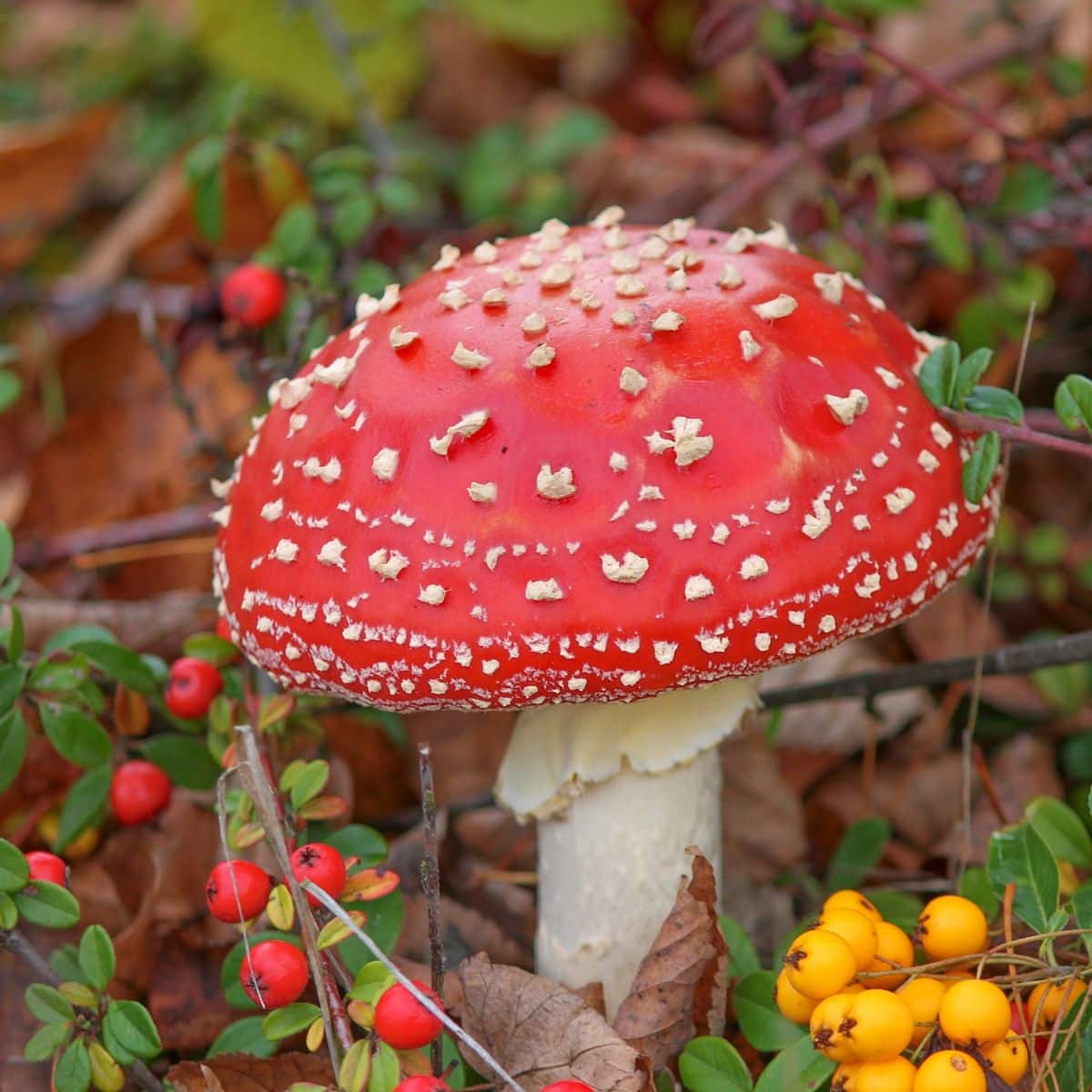
10 Common Myths About Mushrooms
These are the top 10 most common sayings, myths, and “words of wisdom” passed on to us. We’ll investigate each one and determine if there is any truth to it or whether it should be forgotten and hopefully not continued to be passed on.
If Animals Eat Them…Myth
Another extremely common mushroom belief is that mushrooms are safe for animals and must be safe for humans, too. The “animal eats it, so it’s okay” mushroom toxicity myth is a very dangerous misconception. The origin of this belief likely stems from our tendency to observe and learn from animal behavior. It makes sense in some ways – this is a survival strategy we’ve used throughout history. And it has often proven accurate. However, that is not the case with fungi.
The truth is that animals have vastly different physiologies and metabolic processes than us. This means they can tolerate mushrooms and substances that might be toxic or even fatal to humans. For instance, some animals have evolved specialized digestive systems or enzymes that help them break down certain toxins that are in mushrooms. Also, animals may consume small amounts of toxic mushrooms without showing immediate effects. And this can lead a person to falsely conclude that the mushrooms are safe.
In reality, many mushroom species that are harmless to certain animals can be deadly to humans. For example, squirrels have been documented eating the Panther Cap (Amanita pantherina) without any issue. This species is toxic to humans because it contains ibotenic acid and muscimol. It isn’t deadly but can cause hallucinations, euphoria, dysphoria, convulsions, seizures, nausea, and retrograde amnesia.
Verdict: False
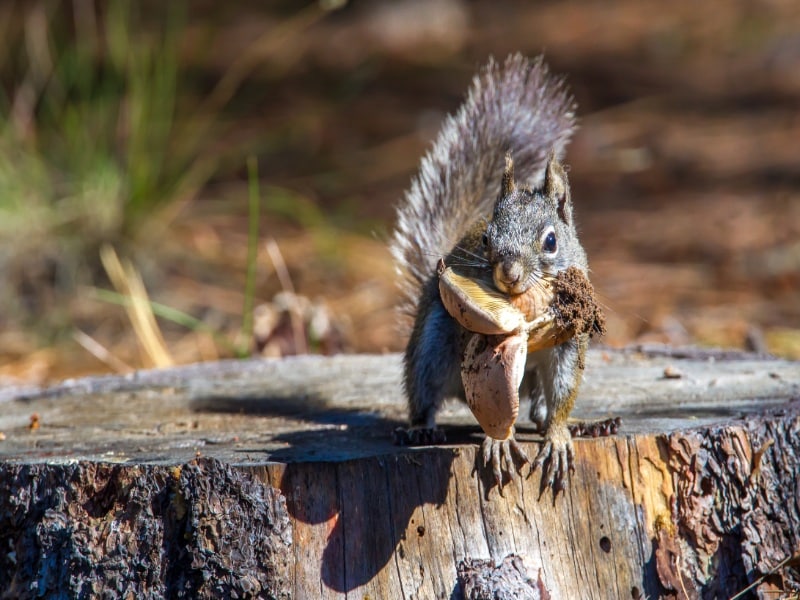
Cooking Makes Mushrooms Safe Myth
Possibly the most dangerous myth of all the ones on this list says that thoroughly cooking any mushroom makes it safe to eat. Science firmly disagrees. Many toxins do not break down with cooking or through any type of heating. This means they are still potent and potentially dangerous even with cooking. In general, you can’t make a poisonous mushroom safe through cooking, canning, freezing, or drying.
However, it’s a bit more complex than that. There are some mushrooms that are made edible by cooking, but these are few and far between as far as the fungi kingdom goes. There is also the issue of mushrooms that don’t cause symptoms straight away. Some mushrooms don’t cause symptoms until 3 hours after eating, while others take 6-24 to cause problems. So, you might not know if the cooking helped or not until much later, and by then, it may be too late as they’ve already caused internal damage.
The trickiest part of this myth is that it does hold true for some species. It’s not entirely false and, therefore, gets repeated often because it does pertain to some mushrooms. The saying then is repeated without specifying the species that it works with, and it becomes a widespread belief that is be applied to all species.
Verdict: Sometimes, but not reliably
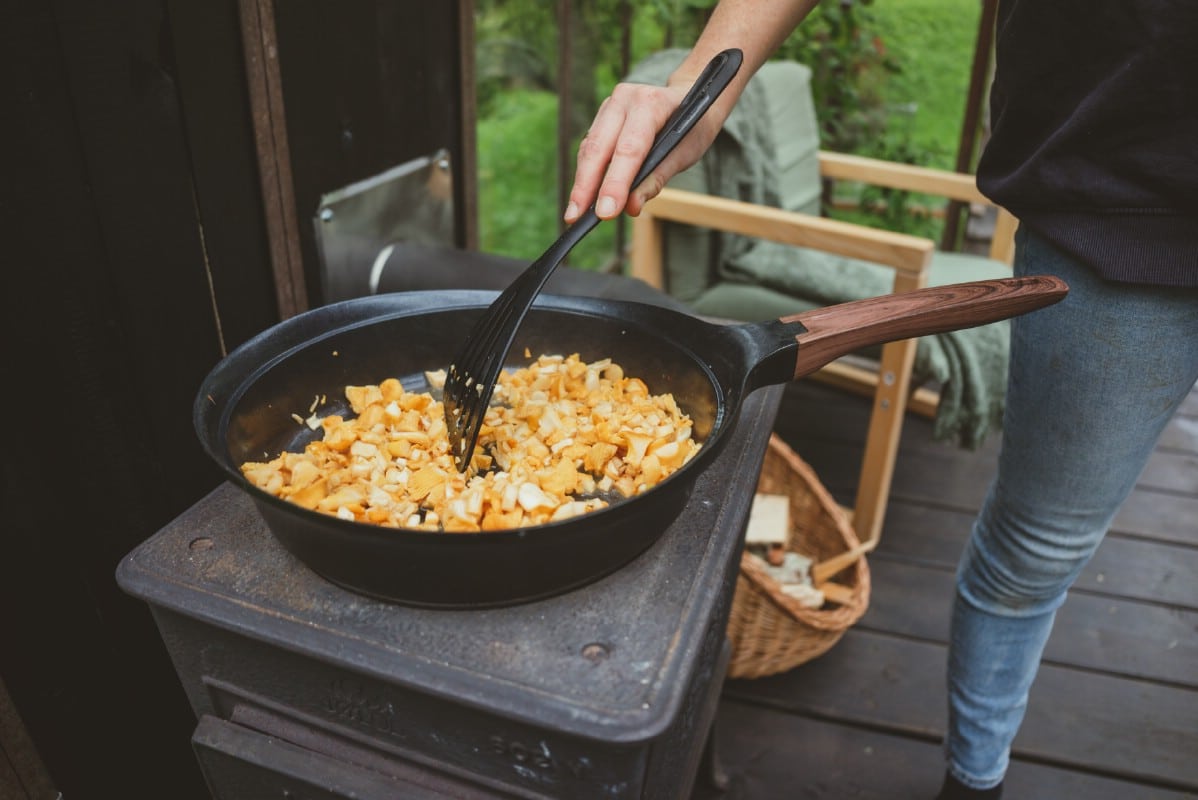
Color Indicates Toxicity Myth
It is often repeated that you can tell whether a mushroom is poisonous or not based on its color. Many people believe that brightly colored mushrooms are toxic and dull colored or white mushrooms are safe to eat.
However, a mushroom’s color does not reliably indicate whether it is poisonous or safe. The connection between color and toxicity is more complicated than it seems. Some of the most deadly mushrooms, such as the death cap (Amanita phalloides), are rather bland looking with pale green to yellowish caps. Other edible mushrooms, like the lobster mushroom (Hypomyces lactifluorum), are a vibrant orange color (like a cooked lobster shell).
The myth likely comes from the fact that some poisonous mushrooms have bright warning colors. This is called aposematism. However, not all mushrooms follow this rule. A mushroom’s color does not always indicate whether it is toxic.
Verdict: False
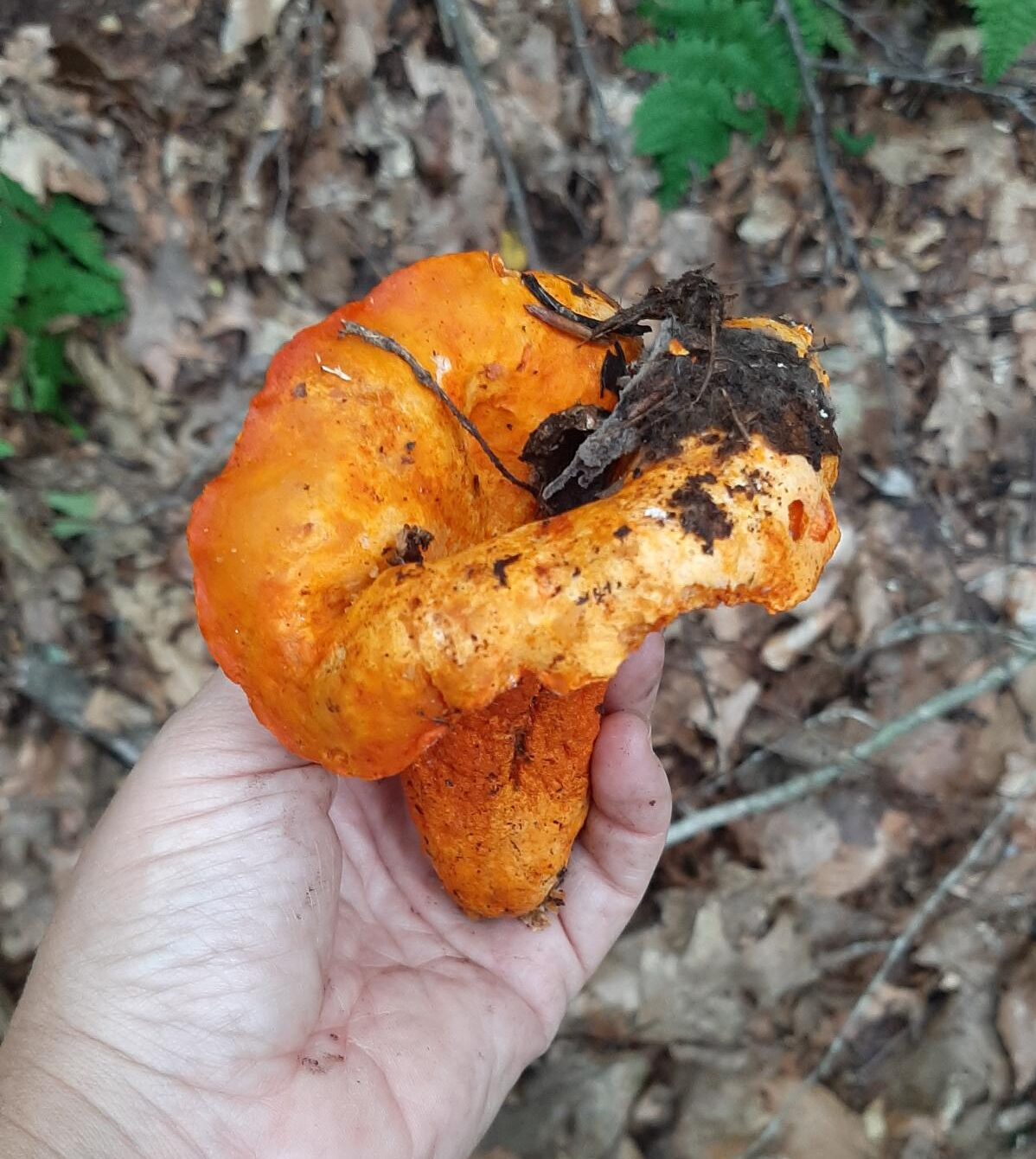
White Mushrooms Are Safe To Eat Myth
Like the debunked myth above, the idea that a mushroom’s edibility can be determined by it’s color is incredibly misleading and dangerous. This belief probably originated from early foraging experiments. People developed simple visual identification methods that worked for them based on where they lived and what mushrooms grew around them. It could be that wherever this belief originated, this statement is true. Unfortunately, it has now become extremely widespread, passed on as fact generation by generation, without the backstory or reason for it existing in the first place.
This myth is highly oversimplified and actually very dangerous. This myth couldn’t be further from the truth, and adhering to it can be fatal. Some of the most toxic mushrooms in existence, including the destroying angel (Amanita bisporigera, Amanita ocreata), are pure white and will try their hardest to kill you. These white mushrooms contain enough toxins that consuming even a small portion can cause liver failure and death.
Verdict: False

If It Bruises Blue, It’s Toxic Myth
This is a widespread and very oversimplified statement that we hear all the time. Some poisonous mushrooms can turn blue or bluish-green when they are bruised or cut, but this isn’t a reliable way to tell if they are toxic. Many edible mushrooms also change color in this way. This blue color happens because of a reaction in the mushroom’s flesh and does not mean the mushroom is harmful.
For example, the Blueing Bolete (Gyroporus cyanescens) turns a very bright blue when it is sliced in half. It is also an excellent edible mushroom. On the other side, some of the most deadly mushrooms, like the death cap (Amanita phalloides) and destroying angel (Amanita bisporigera), do not bruise blue at all.
Blue-staining also does not indicate that a mushroom has psychedelic properties. The blue color happens because certain enzymes and acids break down, not because of hallucinogenic properties. Mushrooms that have mind-altering effects do so for different reasons.
Verdict: False
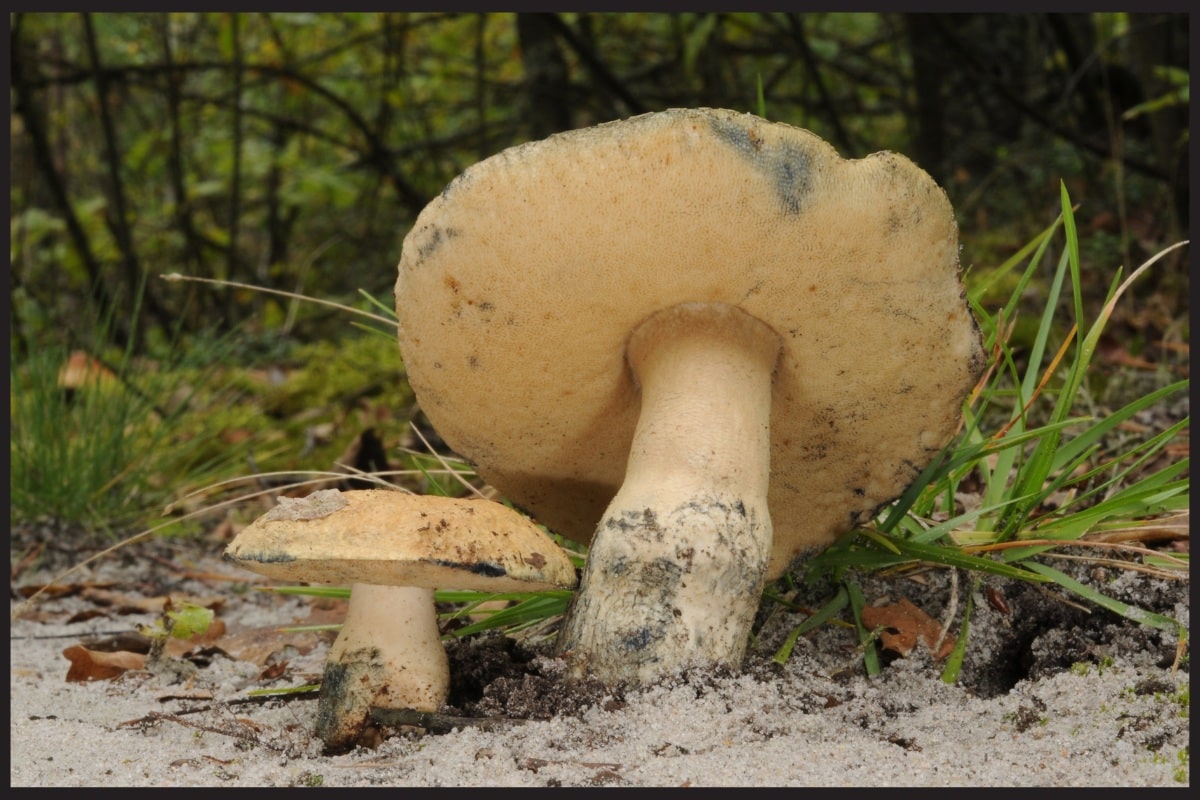
Touching Poisonous Mushrooms Can Kill You Myth
The myth that touching poisonous mushrooms can kill you is a widespread. This belief has existed for centuries, mainly in Western countries, and comes from a strong fear of mushrooms, known as mycophobia. The myth is meant to keep people safe, but it can actually do more harm than good. Thinking that touching a mushroom can kill you increases mycophobia. If you believe touching something might kill you, you’ll likely (and smartly) avoid it at all costs, including learning about it. And this leads to an enforced lack of education about mushrooms because they’re “too dangerous.”
In reality, mushroom toxins need to be consumed to cause harm. The only way to be poisoned is by eating it. Simply handling a poisonous mushroom with bare hands will not transfer the toxins to you. This myth may have originated from an abundance of caution, as well as the difficulty in distinguishing between harmless and toxic mushroom species.
Some people may experience skin irritation or allergic reactions from contact with certain mushroom species. But this is not at all the same as poisoning.
Small children who are prone to put their hands in their mouth should always be supervised around mushrooms. If they’re touching the mushrooms and then putting their hands in their mouth, this could cause problems. And though they won’t cause serious problems, it’s still best to avoid the situation.
Verdict: False
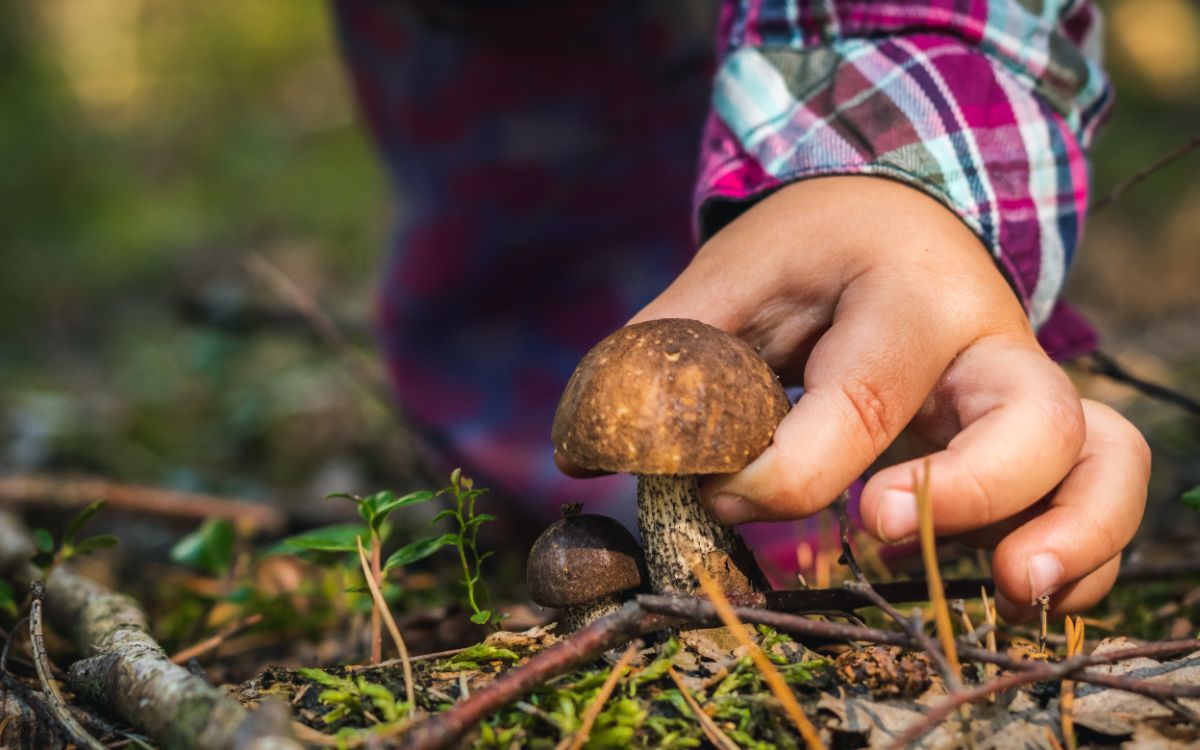
Mushrooms With Gills Are Dangerous Myth
This belief likely stems from the fact that some of the most notorious poisonous mushrooms, such as the death cap (Amanita phalloides) and destroying angels (Amanita bisporigera and related species), do indeed have gills. And, several of the most popular and commonly foraged wild mushrooms have pores and not gills. However, this generalization is far from accurate. There are SO many delicious edible wild mushrooms that have gills. Following this rule or myth leads to many missed wild mushroom experiences!
Whether a mushroom has gills or not has nothing to do with its toxicity. A prime example is the most commonly cultivated mushroom, the button mushroom (Agaricus bisporus). It has gills and it is obviously not toxic. Other delicious species also have gills, like chanterelles, oyster mushrooms, and shiitake.
Verdict: False
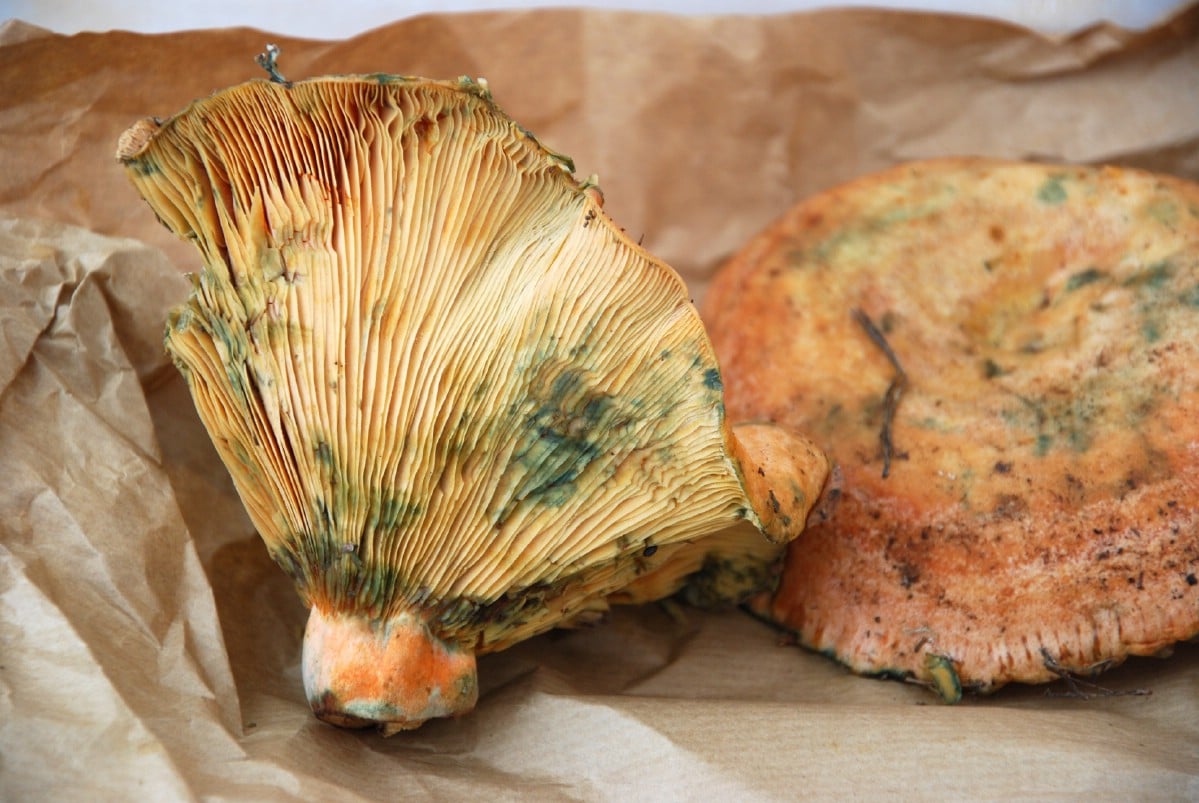
All Toxic Mushrooms Taste Bad Myth
The myth that poisonous mushrooms taste bitter, sour, or bad and, therefore, can be avoided because of their foul taste is a common belief. The idea that nature would provide an obvious warning through unpleasant taste is a nice thought but dangerously false. This myth persists because it seems logical that our bodies would naturally reject harmful substances through taste, similar to how many poisonous plants taste bitter. Over time, this belief became embedded in traditional knowledge passed from generation to generation across different cultures, giving foragers a false sense of security.
The truth is that there is no truth at all to this statement. Many highly toxic mushrooms actually taste mild or even pleasant. For example, a person who mistakenly ate a dangerous Amanita species reported it tasted quite good.
This dangerous myth continues to contribute to mushroom poisonings worldwide. When inexperienced foragers rely on taste-testing to determine safety, they could end up in trouble. Poison centers and mushroom experts consistently warn that there are no simple rules or shortcuts for identifying safe mushrooms—taste among them.
Verdict: False
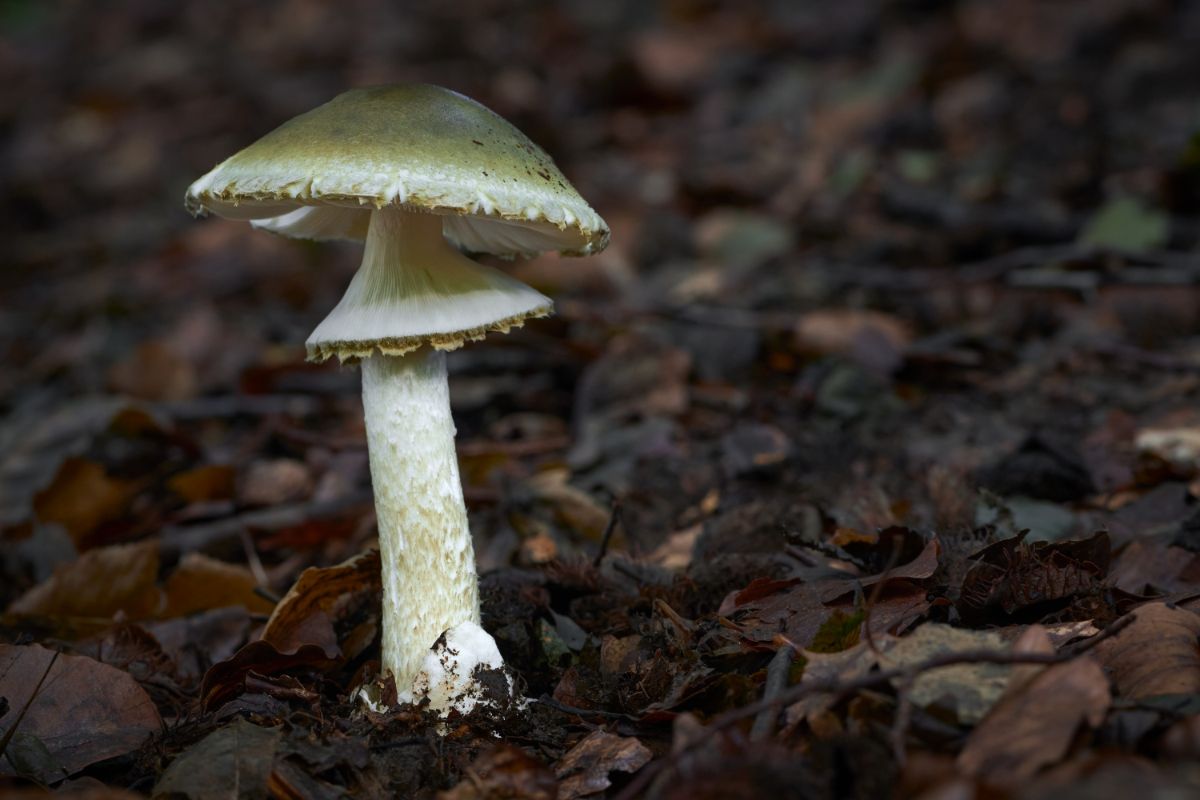
Mushrooms Should Always Be Cut, Not Pulled (or vice versa!) Myth
Hop on any mushroom forum or group, and you’ll find people who are adamant that mushrooms should always be cut and not pulled from the ground. Or, vice versa, that they should always be pulled and never cut. The origin and staunchness of either statement is unknown, but people are super passionate about it.
While it can be frustrating, this debate actually shows a deep concern for mushrooms and the health of the mycelium, which is fantastic. Both sides want to do what is best practice so they don’t damage the mushroom patch. The “no pull” group worries that pulling up the mushroom will tear or damage the mycelium. The “no cut” group worries that leaving a mushroom stump in the ground invites bacteria and contamination into the mushroom patch and will also hurt the mycelium.
Unfortunately, the determination behind these statements doesn’t match the facts. Though, it should be noted that the actual research behind this is still relatively new. So, many people out there haven’t heard the science yet and are only going by what an experienced forager told them in the past.
The truth is, it doesn’t matter. You can pick or pull mushrooms from the ground, and the mushroom patch will be fine. A good thing to do is cover the spot back up with soil after picking to provide some protection to the mycelium. This applies to either harvesting method.
Verdict: It doesn’t matter either way
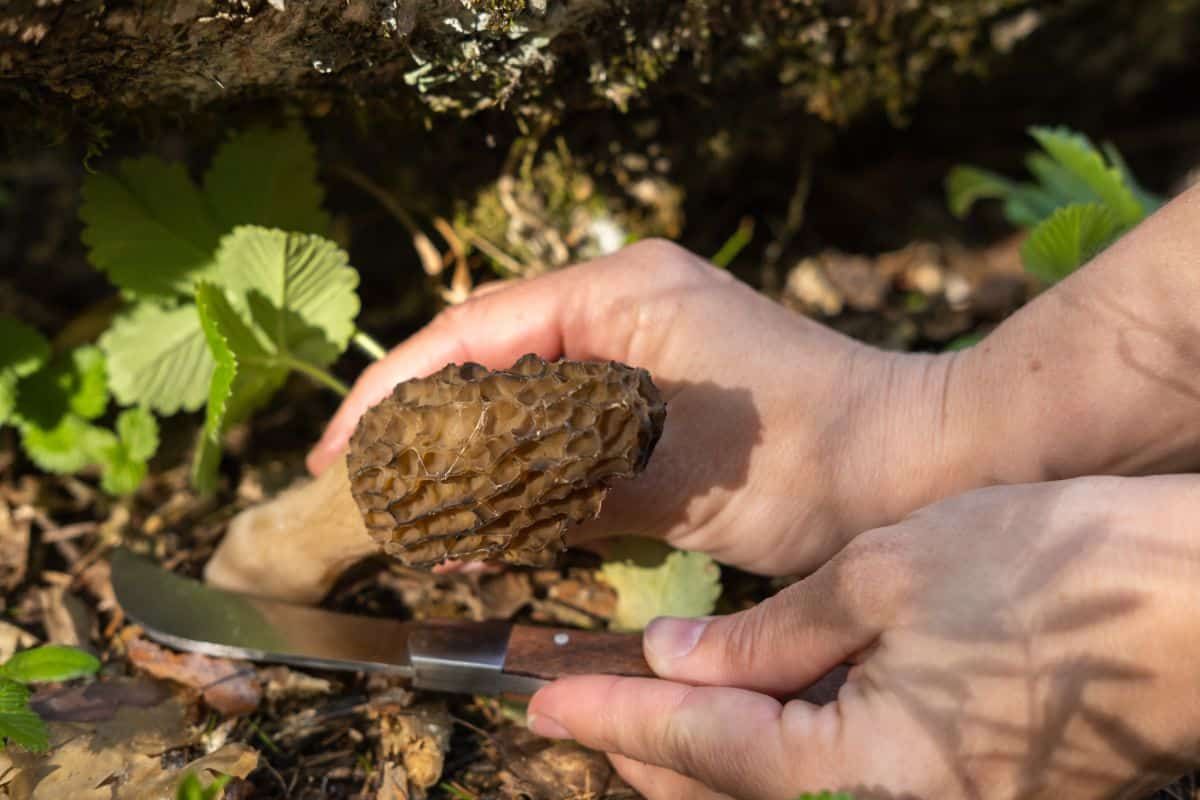
Silver Spoons Myth
Many people believe that cooking mushrooms with a silver spoon is a method that can be used to identify toxic ones. If the spoon turns black or tarnishes while cooking, it is said to mean there are poisonous mushrooms in the pot.
The origin of this myth is somewhat unclear. Silver was always valued for its perceived mystical properties, and this includes using it to detect poisons. This may have contributed to its association with mushroom toxicity testing. The myth gained traction over the years and has been passed down through generations as a supposed safety measure for mushroom foragers and cooks.
The supposed science behind the silver spoon test is rooted in the belief that toxic mushrooms contain sulfur compounds. And that only toxic mushrooms contain them and edible ones don’t. The compounds are said to react with silver, causing it to tarnish. The claim is that the chemical reaction between the silver and the sulfur in the mushrooms would change the spoon’s appearance. This, in turn, would warn the cook of potential danger.
The truth is that the silver spoon test is entirely unreliable. And also potentially dangerous. There is no scientific basis for this method. Mycologists and food safety experts have thoroughly debunked it. The presence or absence of sulfur compounds in mushrooms does not have anything to do with their toxicity or edibility. Many perfectly edible mushrooms contain sulfur compounds that could theoretically tarnish silver. And, some of the most deadly mushrooms contain no such compounds and would not affect a silver spoon at all.
Verdict: False
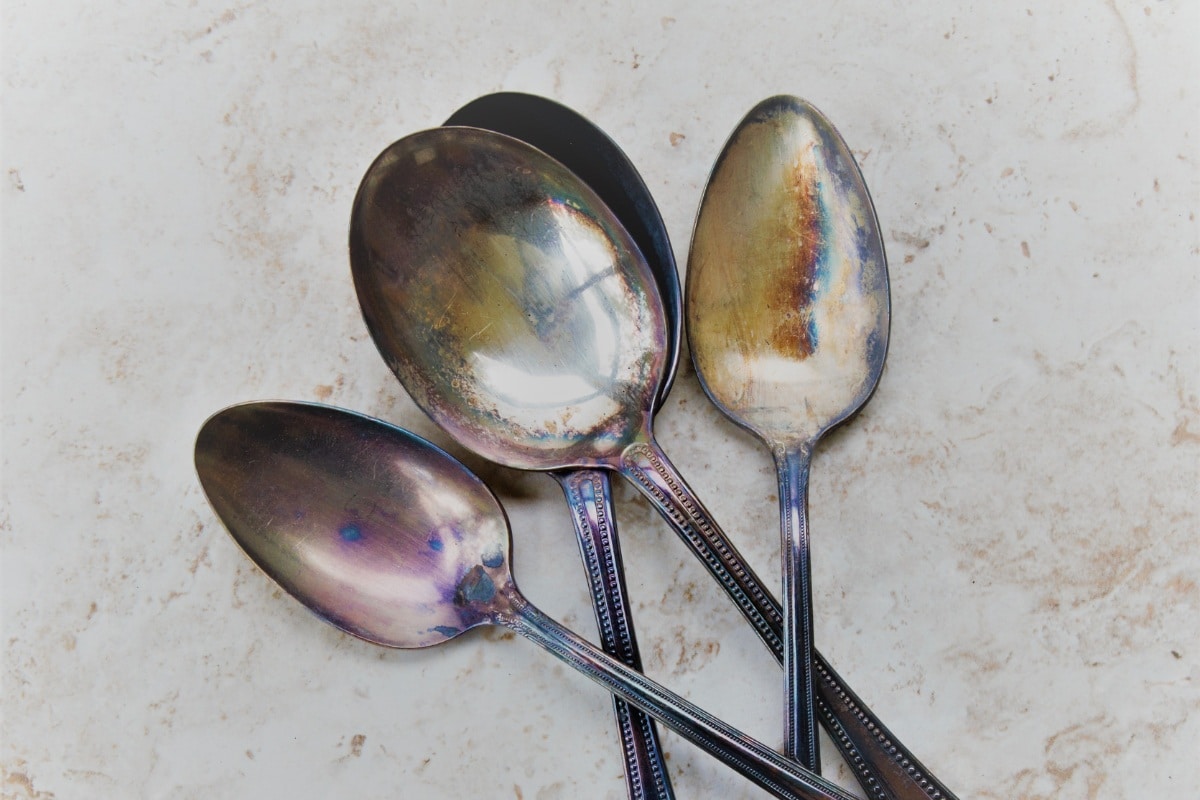
Facts About Mushrooms
- The only way to tell if a mushroom is poisonous or not is to identify the species. There is no overarching rule to tell if a mushroom is toxic. The fungi kingdom is incredibly diverse and education is the only way to tell safe ones from dangerous ones.
- In North America, there are about 11,000 species of mushrooms. This number refers only to the larger mushrooms that we can see easily. (For comparison, there are only about 200 bird species and just under 1,000 mammal species in all of North America). Experts believe that this number only represents 2-4% of the actual species that exist.
- Only 5% of the known wild mushrooms are edible.
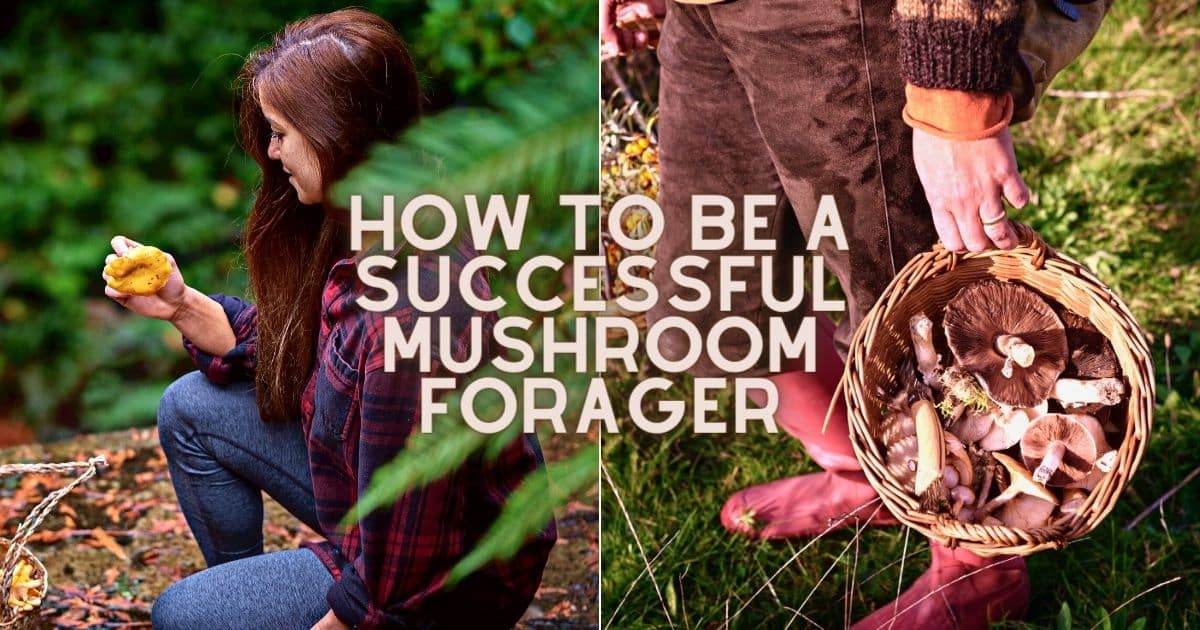




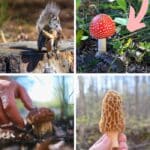
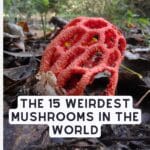

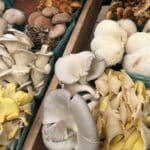
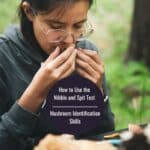
Leave a Reply